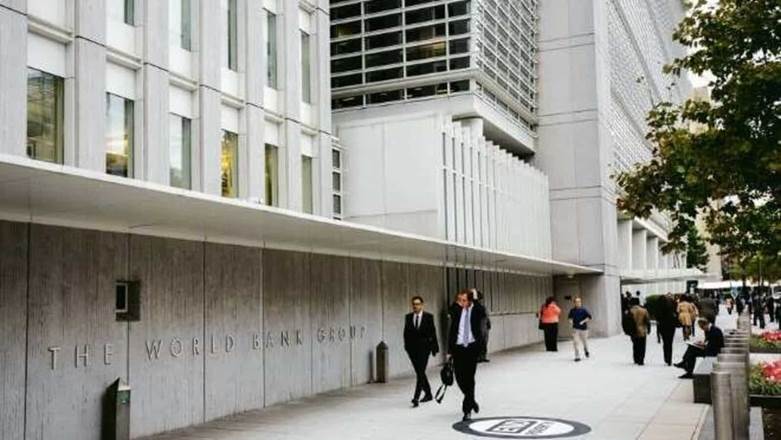Description

Copyright infringement is not intended
Context: 160-200 mn Indians could be exposed to lethal heat waves annually: World Bank report
Details:
Findings:
- From 2030, 160 million to 200 million people can be exposed to lethal heatwaves in India every year, and nearly 34 million Indians will face job losses due to heat stress-related productivity decline.
- By 2037, the demand for cooling is likely to be eight times more than the current level, the World Bank has said in a report.
- In this scenario, it is imperative for India to deploy alternative and innovative energy efficient technologies for keeping spaces cool.
- According to the report, “Climate investment opportunities in India’s cooling sector”, this could open an investment opportunity of $1.6 trillion by 2040, besides reducing greenhouse gas emissions significantly and creating 3.7 million jobs.
- With the demand for cooling shooting up, there will be a demand for a new air-conditioner every 15 seconds, the report said, leading to an expected rise of 435% in annual greenhouse gas emissions over the next two decades.
.jpg)
Solutions proposed:
- Thus, there is a need to shift to a more energy-efficient pathway which could lead to a reduction in expected CO2 levels.
- The report proposes a road map to support New Delhi’s India Cooling Action Plan (ICAP), 2019, through new investments in three major sectors: building construction, cold chains and refrigerants.
- Adopting climate-responsive cooling techniques as a norm in both private and government-funded constructions can ensure that those at the bottom of the economic ladder are not disproportionately affected by rising temperatures.
- The report suggests that India’s affordable housing programme for the poor, the Pradhan Mantri Awas Yojana (PMAY), can adopt such changes on scale.
- It proposed enacting a policy for “district cooling”, which could lead to the consumption of 20-30% less power than the most efficient conventional cooling solutions.
- District cooling technologies generate chilled water in a central plant which is then distributed to buildings via underground insulated pipes.
- This brings down the cost for providing cooling to individual buildings.
- Apart from this, guidelines for implementation of local and city-wide urban cooling measures such as cool-roofs should also be considered. India’s cooling strategy can help save lives and livelihoods and reduce carbon emissions.
.jpg)
https://epaper.thehindu.com/Home/ShareArticle?OrgId=GHLAJ37JI.1&imageview=0















